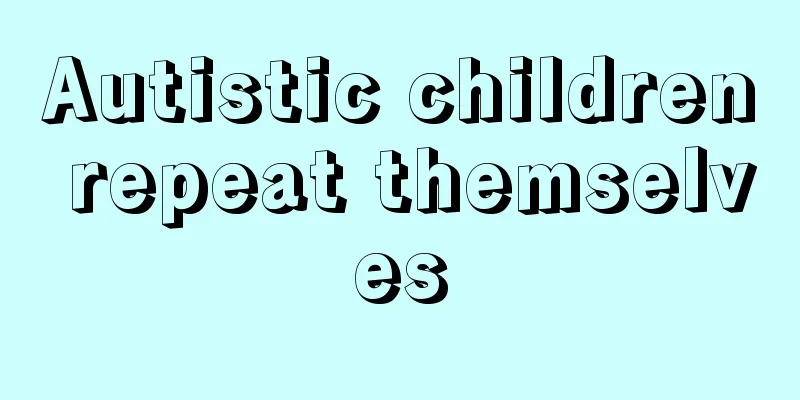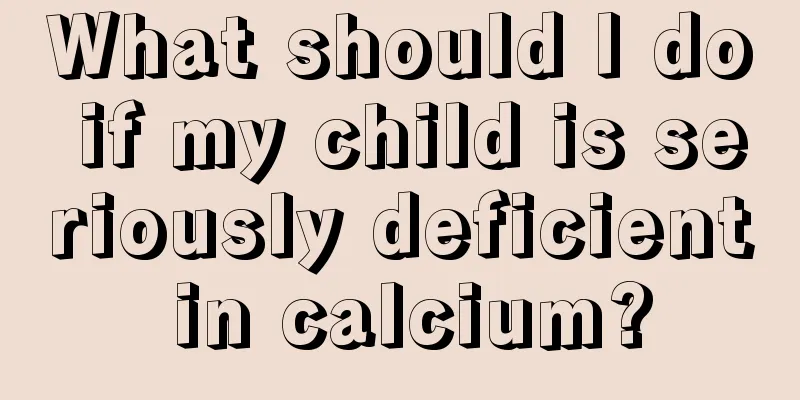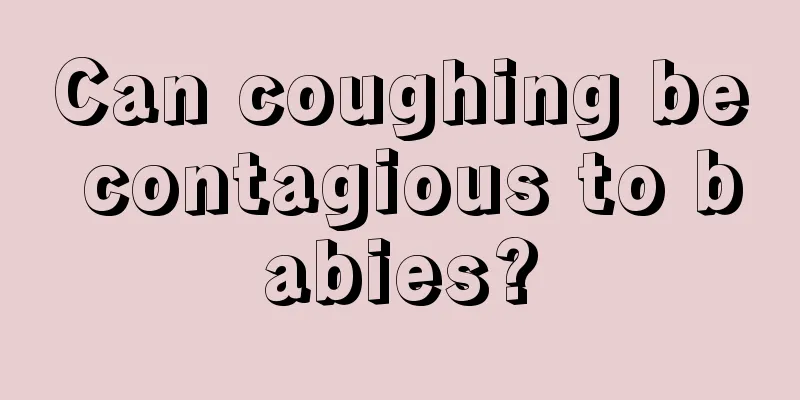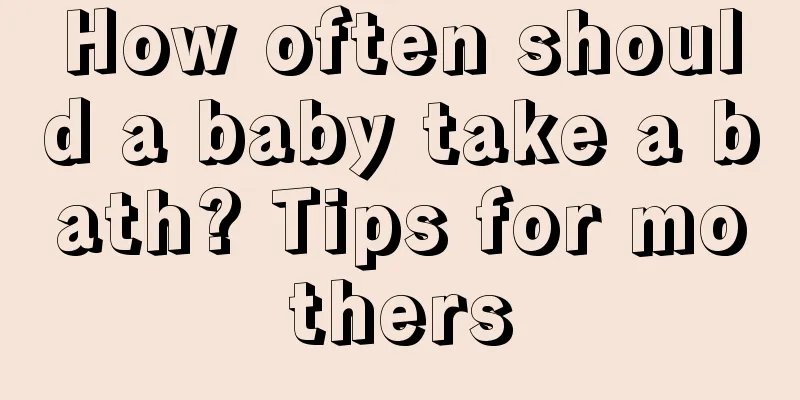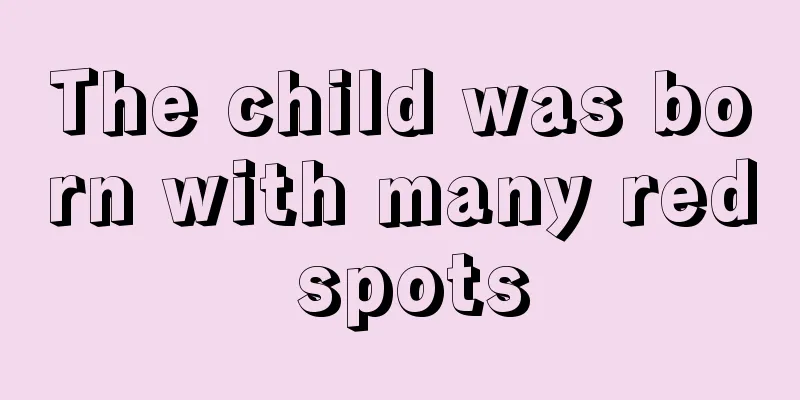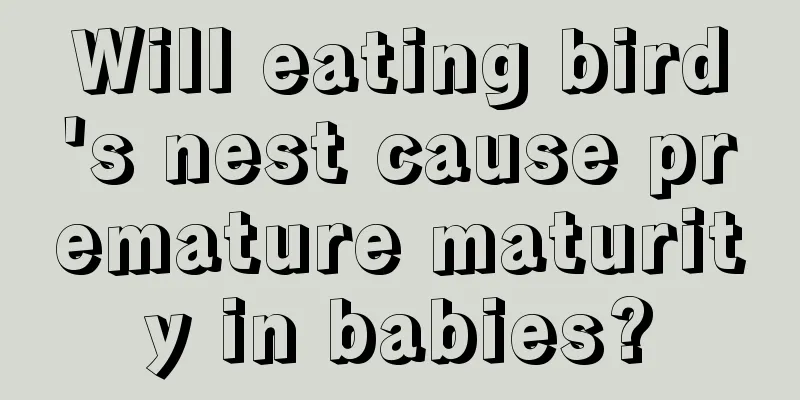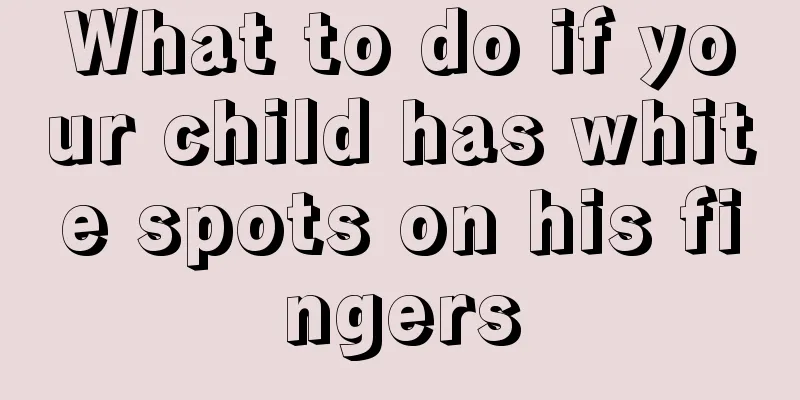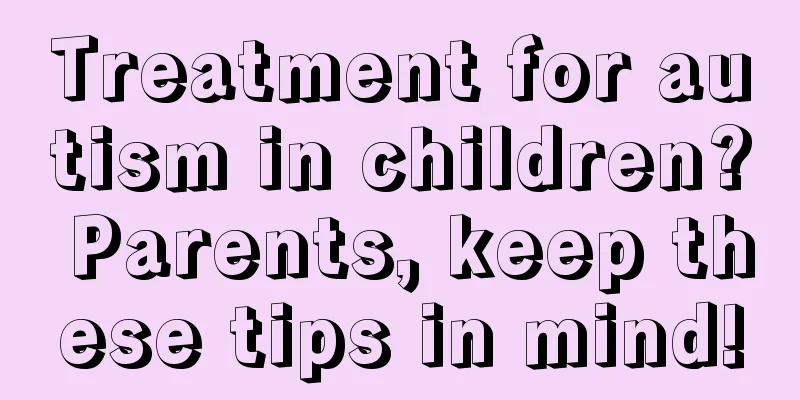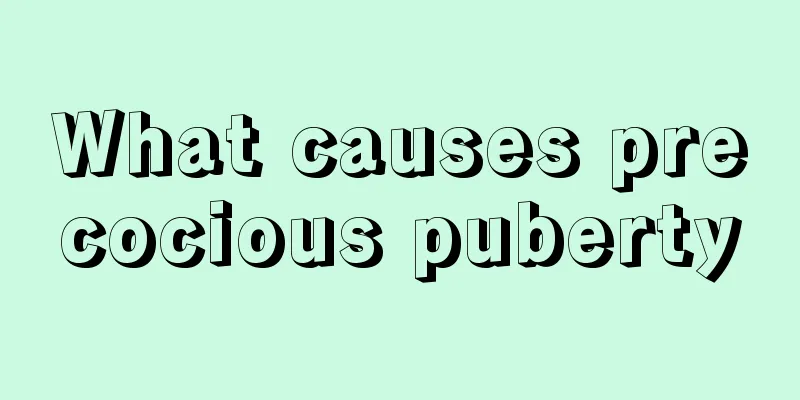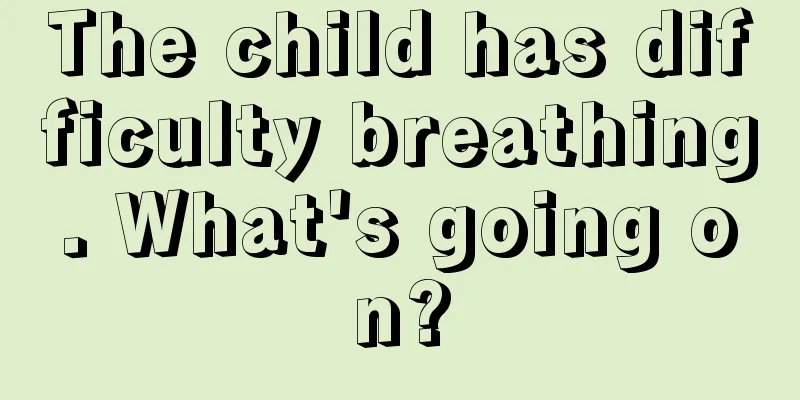What are the treatments for allergic rhinitis in children?
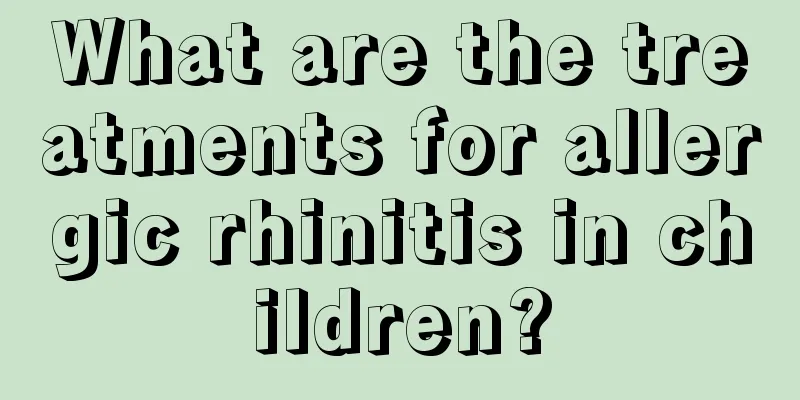
|
When families see their children suffering from allergic rhinitis, they should not underestimate it. The disease is not very serious in the early stages, but they should not be complacent. If the condition is allowed to worsen before treatment, it will not only be difficult to treat, but will also expose children to more threats and harm. It can be seen that timely and correct treatment is still crucial. So what are the methods for treating allergic rhinitis in children? Allergic rhinitis in children is a disease caused by inhalation of external allergic antigens, with nasal itching, sneezing, clear runny nose, and nasal congestion as the main symptoms. The diagnosis of allergic rhinitis in children mainly relies on medical history, characteristic clinical manifestations and positive specific tests. In recent years, the treatment of this disease mainly includes several aspects: avoiding contact with allergens, drug treatment, immunotherapy, surgical treatment and other traditional Chinese medicine treatments. Avoid contact with allergens During the susceptible season, outdoor activities should be limited as much as possible, especially avoiding contact with flowers, plants or rotten leaves, as well as willow catkins and fruit hairs on plane trees. You can wear a mask when going out, or go to the seaside where there are fewer allergens. During the pollen season, do not dry quilts and sheets outdoors to prevent outdoor allergens such as pollen from sticking to the quilt. Drug treatment They mainly include antihistamines, nasal corticosteroids, anti-leukotriene drugs, chromone drugs, decongestants, nasal saline irrigation, etc. Nowadays, local preparations are also used to directly apply drugs to the nasal cavity, which can enable high concentrations of drugs to effectively reach the target tissues. It has a rapid onset of action, few adverse reactions and is easy to operate. Children cooperate well and the effect is obvious. Therefore, local treatment is becoming more and more commonly used. Specific immunotherapy In the past, it was also called desensitization or hyposensitization therapy. It is a method of giving patients gradually increasing doses of allergen extracts (allergen vaccines) to reach a certain dose, thereby effectively improving the corresponding symptoms caused by exposure to the allergen. It is mainly suitable for allergic rhinitis in children over 5 years old who are not responsive to conventional drug treatment and are mainly caused by dust mite allergy. The diagnosis is clear, the number of other allergens is small (1-2), and the parents of the child understand the risks and limitations of treatment. The above article gives a clear introduction to the methods of treating allergic rhinitis in children. I believe everyone has a clear idea of it. Children’s illness may be related to genetic factors or may be affected by autoimmunity. After a systematic examination and diagnosis, they can receive systematic treatment under the doctor’s arrangement and return to a healthy life. |
<<: What are the symptoms of seasonal allergic rhinitis in children?
>>: What causes allergic rhinitis cough in children?
Recommend
Why is there foam in the stool of newborns?
The stomach and intestines of newborns are relati...
How to choose a children's pillow
The requirements for children's pillows are r...
Why does my child always cough?
Many children are very prone to diseases because ...
What to do if a newborn has eczema on his face
The skin of a newborn is at its most vulnerable. ...
Commonly used medicines for children's cough
Cough is a common health problem among children. ...
Why does the child cry non-stop in the middle of the night?
Sometimes it is really hard to stop a baby from c...
Is it okay for children to fart?
Everyone's physical condition is different, a...
Seven-month-old baby's waist is soft and can't stand straight
Parents need to be very careful during the baby&#...
How to treat my son's sweating while sleeping
Our son’s sweating while sleeping makes many of u...
At what age is it better to have a circumcision surgery on a baby?
Among the male reproductive organ abnormalities, ...
What is the difference between acne and eczema in newborns?
In most cases, non-professionals have no idea abo...
The child's throat is inflamed and a little white
Generally, children have low resistance and poor ...
What are the symptoms of lysine deficiency in children?
Our bodies need lysine for normal development, an...
Is breast development normal for a nine and a half year old girl?
Parents believe that their children will develop ...
What causes night sweats in children?
Children's metabolism is relatively active. M...
